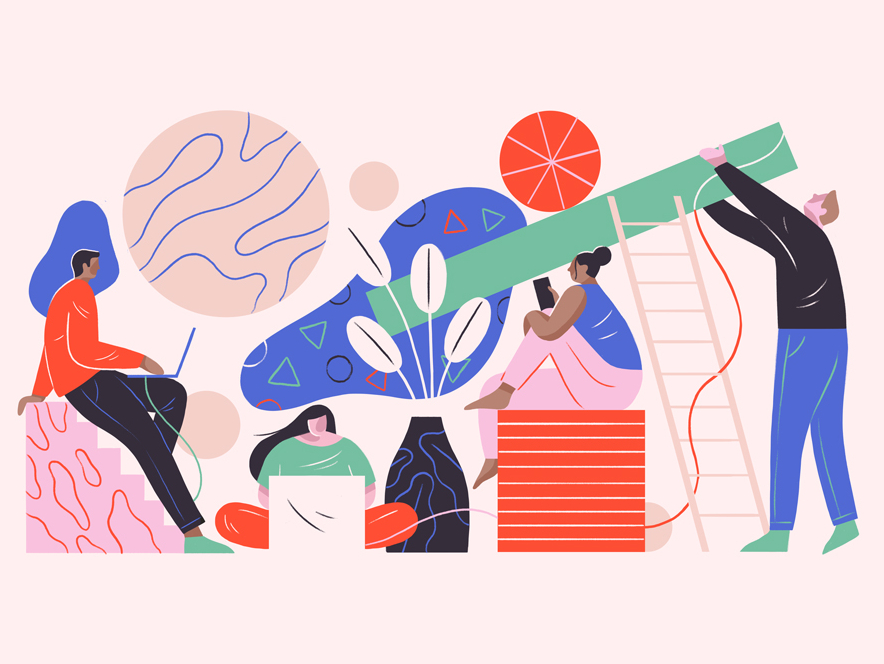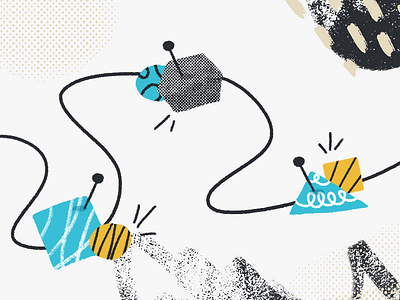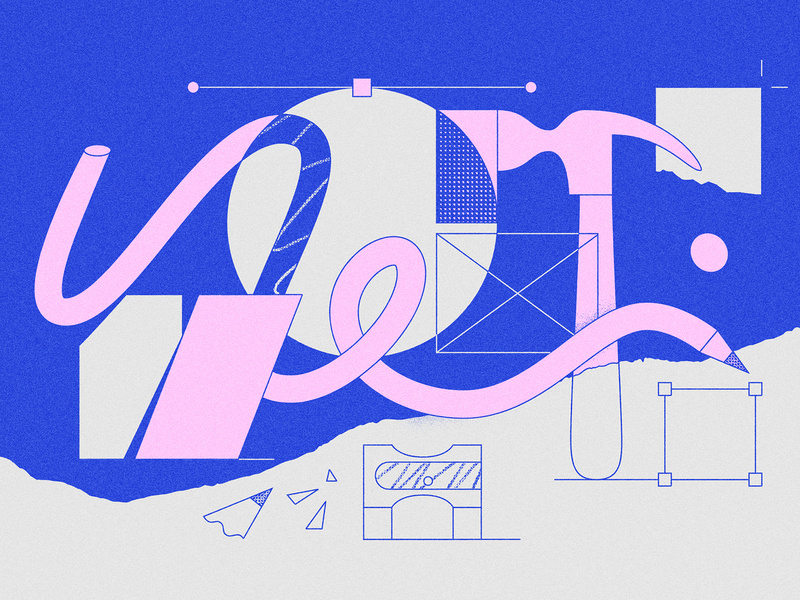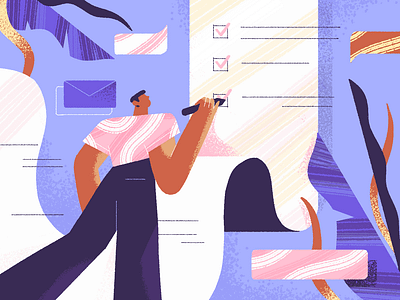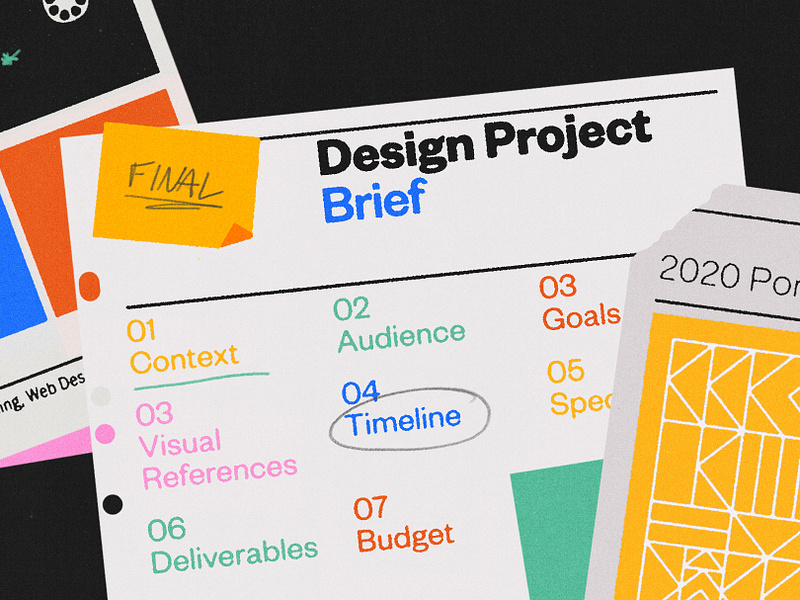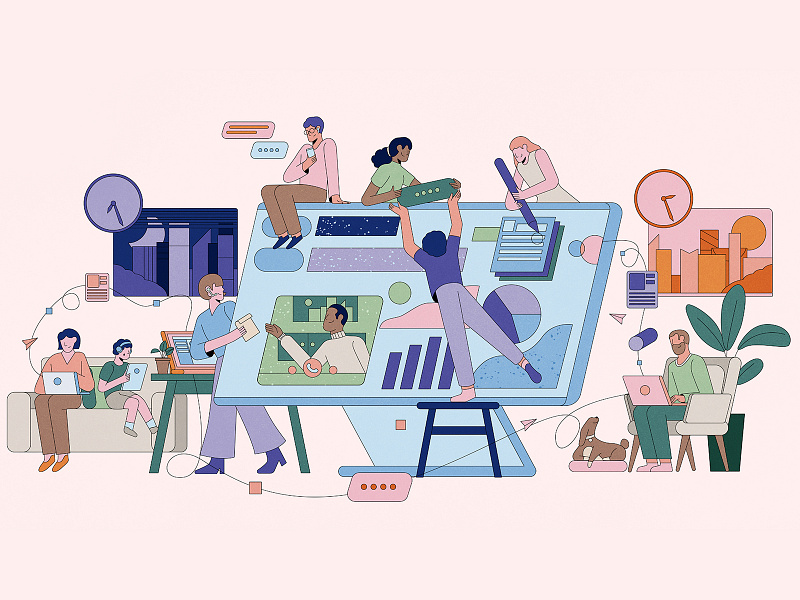In this guest post by Nahla Davies, learn what it takes to successfully collaborate with your design team in 2021—whether you’re working remotely or in the office.
Let’s face it: collaborating on design projects—whether strategizing personal brands or coming up with creative product design—has the potential to drive you absolutely crazy.
There can be opposing viewpoints, never-ending deadlines, and of course, client revisions that often create messy outcomes. More so, since design teams include designers, developers, UX researchers, and coders, it can really hinder your design collaboration workflow and team efficiency if no one is on the same page.
For the successful execution of effective design collaboration projects, design teams have to be well-versed in the best design practices and have the right tools and resources to track and facilitate close collaboration. Otherwise, the whole process becomes far too complex and ineffective.
Read on as we list the best tips to help you improve design collaboration workflow and discuss how to promote team efficiency by solving creative differences and motivating team members within a design team.
What is design collaboration?
After finalizing an abstract idea, teams work together to create the intended product, with every step varying from one team to another and from one product to another. You can think of design collaboration as a multi-step process to conceptualize a design idea.
Any designing process itself is multifaceted and complex . The marketing department first creates a brief that contains details about the project, such as design dimensions, deadlines, useful references, and so on, which is then reviewed and accepted by the design team.
They can also clear any doubts or questions that they may have about the project with the marketing team. Next, the design team delivers the first draft, after which they receive feedback from marketing, which is then incorporated again into the design.
The main aim here is to assure the finished product is as similar as possible to the abstract idea to keep everyone happy. Most organizations also understand the importance of creating quality designs, as 73% of companies plan on investing more into their design teams over the next twelve months. The last thing you want is for your own company to fall behind by not prioritizing design collaboration, which is why you should be aware of some essential tips your business can use to help your team improve the design process.
Useful tips to improve your design collaboration process
Design projects have to strike the right balance between creativity and efficient collaboration. But to ensure this, everybody on the team needs to know their role. The best way to ensure this is through clear communication, realistic due dates, and, of course, experience and expertise.
The following are a few ways through which design teams can collaborate better with each other:
1. Strategize and plan thoroughly
Having an action plan in place gives team members a sense of direction, informing them about the end goal and how they can achieve it. Think of the whole process as the roadmap to success.
Additionally, the design plan has to be comprehensive and well-detailed. It should include the following:
- Methodology for audience targeting
- Conceptualizing a user-friendly design
- Scope of the project
- Number of stages and budget requirements for every stage of the project
- Due dates for every phase and the final date of delivery
Try to determine the skeletal points of the design process and then divide the tasks accordingly. The effective delegation of tasks is equally important, which we’ll discuss in greater detail later on in the article.
2. Provide access to the right tools
The emphasis here is on the word ‘right’ because having poor quality tools isn’t going to help improve your collaboration workflow.
On top of that, it can also become frustrating for team members to use a tool that creates more problems than it solves. This is precisely why every design team member should have the right collaboration tool to harmonize the whole process.
For instance, when the project involves designing a website, the web designer should have access to web design software that has SEO tools, HTML5 support, social media integration, to name only a few useful features that can help you design professional and user-friendly websites easily .
Alternatively, using video conferencing apps like Zoom and project management tools like Asana could also be great for streamlining the whole process. Remember, the tools you choose should help boost efficiency and improve functionality to smoothen team communication and improve design quality.
3. Keep track of progress
You have to keep track of project progress if you want a successful finished product. Whether it’s submitting the first draft, implementing client feedback, or making last-minute changes, everything should be done right on schedule with no compromise on quality. The best way to ensure everything is right on track is through clear communication via email or other channels like Slack.
It’s better to opt for a methodical approach and make sure everybody is involved in the conversation. These should be intelligent conversations that include actionable and meaningful insights for better decision-making and collaboration .
4. Better documentation & version control
Throughout the course of the project, design teams will find themselves juggling several folders and files—each one equally important for either reference or the actual project. Therefore, it becomes imperative for the files to be up to date to minimize and even possibly avoid errors when designing.
Make a point to share version control guidelines with your design team that highlight important factors. You should also routinely check whether the members are following the guidelines diligently, and if they aren’t follow-up with the about the same.
How to effectively boost design team efficiency
Designing is an art that even the latest technological advancements like AI can’t master. The whole process requires creativity, along with a human touch for best results. But for this, the team should share a collaborative spirit by changing their attitudes to make themselves more empathetic and adopting a more professional outlook.
You can start by establishing autonomy and trust to build and promote a healthy team culture . Additionally, you have to trust your designers and allow them the freedom to work in their own way—as long as the quality remains uncompromised and deadlines aren’t missed.
Speaking of deadlines, having a clear set of milestones can assist the design team in prioritizing tasks and creating their own work pipeline. But you should make it clear to the team that timelines don’t mean everyone has to rush work.
The best way to ensure that the finished product gets accepted by the client is true clever delegation and optimal resource utilization. You should delegate tasks according to every member’s capacity and bandwidth. In addition to skills, this also includes the timeframe every member needs to complete a specific task. After all, it makes no sense to assign an urgent video-making task to someone who would usually take a week to complete it.
Your goal should always be to simplify design work as much as possible, and remember that ensuring your team has access to the best design tools available is critical to ensuring this happens.
Continuing with our website example from before, you’ll find plenty of services that can accelerate the project pace. For instance, several website builders such as Wix and Squarespace can allow your team to get a decent website up and running in only half an hour thanks to their excellent UI and UX design tutorials, customization features, and 24/7 support. Each of these kinds of features can help individual team members to better play to their own strengths and boost project efficiency when building a company website.
Remember, optimal resource optimization and smart delegation can help save lots of precious time, allowing the design team to focus on other aspects of the project, which would again be good news for your company reputation.
Conclusion
Achieving design collaboration success needn’t be difficult—provided you do it right. Start by focusing on improving your collaboration workflow, use the power of delegation, and make the right tools available to boost team efficiency and ensure better products.
The fact that workforces are now going remote means you need to to be more tactful in your approach. In addition to encouraging them to maintain a healthy work-life balance, you need to have a proper set up in place to keep workflows mood and team members productive.
Once you get the basics right, you’ll see a considerable improvement in your design team collaboration efforts ■
About the Author: Nahla Davies is from Brooklyn, New York. Since 2015, she has worked with enterprise clients around the world developing RegTech protocols and best practices. She shares her insights at nahlawrites.com. Follow Nahla on LinkedIn.
Find more Process stories on our blog Courtside. Have a suggestion? Contact stories@dribbble.com.
